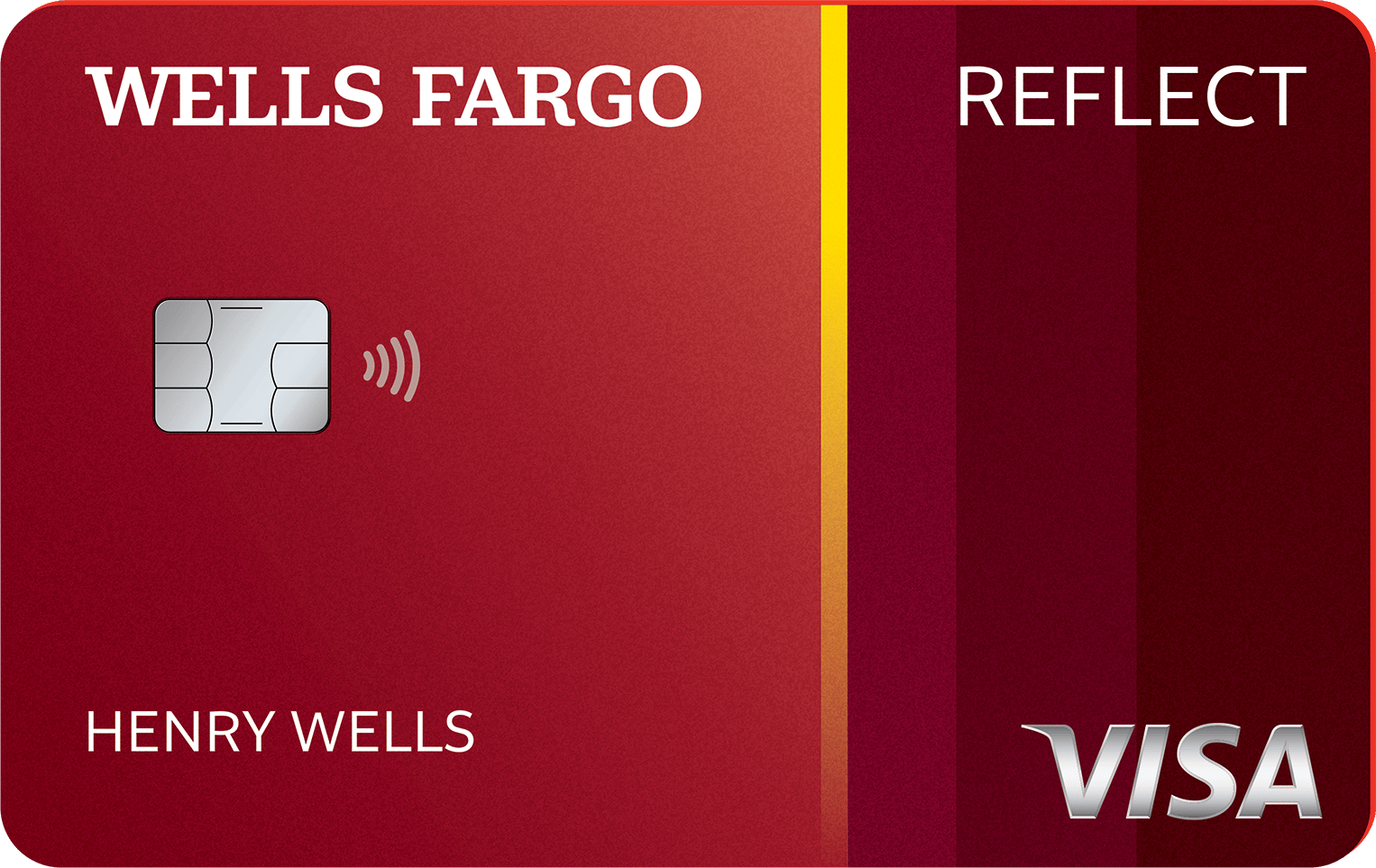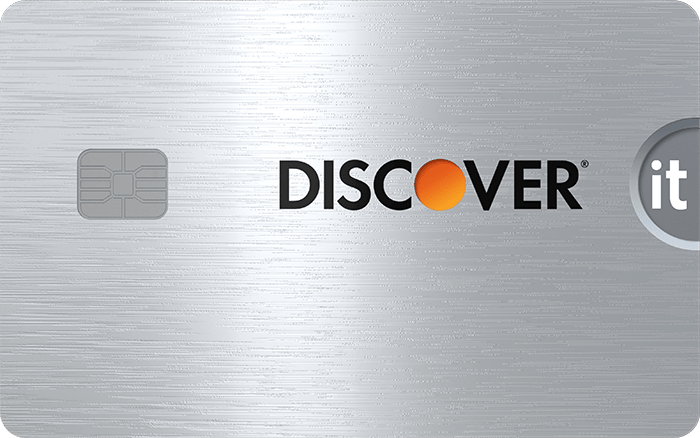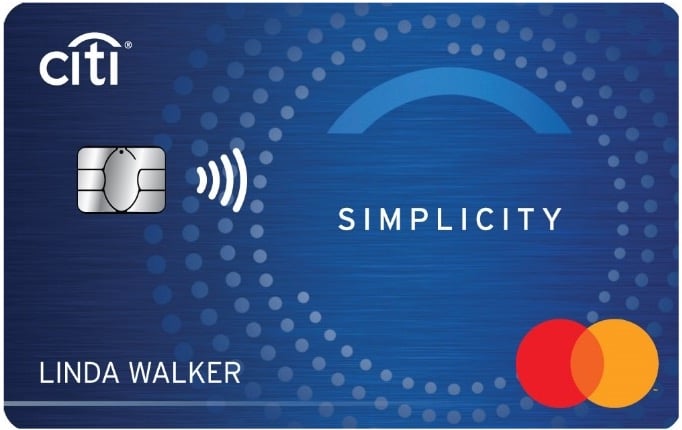Credit Card Balance Transfer Calculator
See how much you could save by moving debt from a high-interest credit card to a new card with a 0% intro rate.

Many or all of the products on this page are from partners who compensate us when you click to or take an action on their website, but this does not influence our evaluations or ratings. Our opinions are our own.
If you're carrying debt on a credit card that charges typical credit card interest rates, you may be paying hundreds or even thousands of dollars a year in interest. Moving that debt to a balance transfer credit card with a 0% introductory APR period could reduce your interest costs to zero. That not only can save you money, but also can allow you to get out of debt more quickly, since every dollar you pay will go toward eliminating your balance rather than paying interest.
Our credit card balance transfer calculator can give you a sense of how much money you could save by doing a balance transfer. Tell us how much debt you're carrying, the interest rate on that debt, and a couple of details about the balance transfer credit card you're looking at, and we'll estimate your potential savings.
How to understand the calculator results
The results you get from the credit card balance transfer calculator are an estimate of how much you could save if you moved your debt to a card with a 0% offer for balance transfers, compared with what you'd pay if you left the debt where it is. The results are based on two assumptions:
1. You'd pay off the debt within the 0% intro APR period on the balance transfer card.
Say the card you're looking at offers 18 months of 0%. Our balance transfer calculator uses this as the time frame for estimating costs. In other words, you'll either:
Leave the debt on your current card and pay it off over 18 months, or
Move it to the 0% card and pay it off over 18 months.
The calculated savings is the difference between these two.
Don't think you'll need the full length of the 0% period to pay off the debt? You can experiment with different repayment schedules by changing the number of months in the calculator. The faster you plan to pay off the debt, the lower your interest costs would be if you didn't transfer the balance. If your repayment period is short enough, your interest savings might not even make up for the transfer fee.
2. You'd pay off the debt with equal payments over that period.
When you're paying off debt on a card that's charging you interest, your repayment schedule has a huge effect on the total amount of interest you pay. The more you pay each month, the less you'll ultimately be charged in interest and the faster you'll eliminate the debt. For example, say you're starting with $3,000 in debt on a card that charges 16% interest:
If you paid this much each month ... | You'd be charged about this much in total interest ... | And you'd pay off the debt within ... |
|---|---|---|
$1,400 | $65 | 3 months |
$500 | $148 | 7 months |
$190 | $390 | 18 months |
$120 | $674 | 31 months |
There are countless ways you could choose to pay down your debt. You could pay an equal amount each month (the scenarios in the chart above), or you could pay a variable amount based on what you have available. You could pay once a month or multiple times a month. You could even just pay the "minimum amount due" shown on your statement, which will keep your account in good standing but can also keep you in debt for years.
No calculator can account for every single potential payment option. Our balance transfer calculator, therefore, assumes that your payment will be the same every month and that it will be the exact amount necessary to pay off the debt within the time frame.
Nerdy Perspective
Where can people run into trouble with a balance transfer?
The cost of debt without a balance transfer
To give you a better sense of the cost of carrying credit card debt without doing a balance transfer, we've created a second calculator that tells you exactly how much you would need to pay every month to eliminate your debt within a given time frame.
This isn’t as simple as dividing your debt by the number of months in the repayment period. If you have $1,000 in debt, for instance, paying $100 a month for 10 months won’t get you in the clear, because you'll be charged interest. At 16% interest, you'd have to pay $107.48 a month to completely eliminate the debt in 10 months.
Tell us how much debt you have, the interest rate on that debt and how many months you'd need to pay it off, and we'll tell you your required monthly payment, the total amount of your payments over your time frame and the total amount you'd pay in interest.
How do balance transfers work?
A balance transfer provides the answer to a common question: "Can I use one credit card to pay off another?" When you request a transfer, the bank that issued your new credit card sends a payment on your old card and then adds that amount to the balance on the new card, along with the balance transfer fee. You can sometimes request a transfer at the time you apply for the new card; you can also call the issuer after you get the card, or use a convenience check.
Terms and conditions apply. Credit products subject to lender approval.

What to look for in a balance transfer card
Balance transfer cards generally work the same way. The key differentiating factors are:
Balance transfer fee. This fee will typically be 3% to 5% of the amount transferred, which translates to $30 to $50 per $1,000 transferred. The lower the fee, the better, but even with a fee on the high end, your interest savings might easily make up for the cost.
Length of 0% introductory period. A good balance transfer credit card will have a 0% period of 15 months or longer. Some give you close to two years at 0%. You might not need that much time, but the longer the 0% period, the more flexibility you have.
Some credit cards have a 0% intro period for purchases but not for balance transfers. Before applying for a card to execute a transfer, make sure the card you want does indeed have a 0% period for transferred debt.
Card issuer. As a general rule, you can't transfer debt between cards from the same issuer. If your current debt is on a Citi card, you can't transfer it to another Citi card. You can't transfer debt from one Wells Fargo card to another, and so on.
Rewards. It's worth thinking about what you're going to do with your balance transfer credit card down the road, after you've paid off your debt. Many balance transfer cards don't offer a very compelling reason to keep using them after the 0% period runs out — they offer no rewards, and their ongoing interest rates aren't particularly low. However, a number of excellent rewards credit cards offer balance transfer promotions of 15 to 18 months.
Below are a few credit cards rated as among the best for balance transfers by our editorial team. For other options, see NerdWallet's best balance transfer credit cards. That list includes "pure" balance transfer credit cards with extra-long 0% intro periods, as well as rewards cards with solid balance transfer offers. You can apply for most of these cards directly from NerdWallet.
APR: 0% intro APR for 18 billing cycles on purchases and balance transfers, and then the ongoing APR of 17.24%-28.24% Variable APR
Balance transfer fee: Intro fee of 3% of the amount transferred ($5 minimum) within 60 days of account opening. After that, 5% ($5 minimum). This fee may be different if you apply directly via U.S. Bank.
APR: 0% intro APR for 21 months from account opening on purchases and qualifying balance transfers, and then the ongoing APR of 17.74%, 24.24%, or 28.49% Variable APR.
Balance transfer fee: 5% of the amount transferred ($5 minimum).
APR: 0% intro APR on Purchases for 6 months and 0% intro APR on Balance Transfers for 18 months, and then the ongoing APR of 17.74%-26.74% Variable APR.
Balance transfer fee: 3% intro balance transfer fee; up to 5% fee on future balance transfers (see terms).
APR: 0% intro APR on purchases for 12 months and 0% intro APR on balance transfers for 21 months, and then the ongoing APR of 17.74%-28.49% Variable APR.
Balance transfer fee: 3% intro fee (minimum $5) for transfers completed in the first four months. After that, 5% (minimum $5).
Find the right credit card for you.
Whether you want to pay less interest or earn more rewards, the right card's out there. Just answer a few questions and we'll narrow the search for you.





